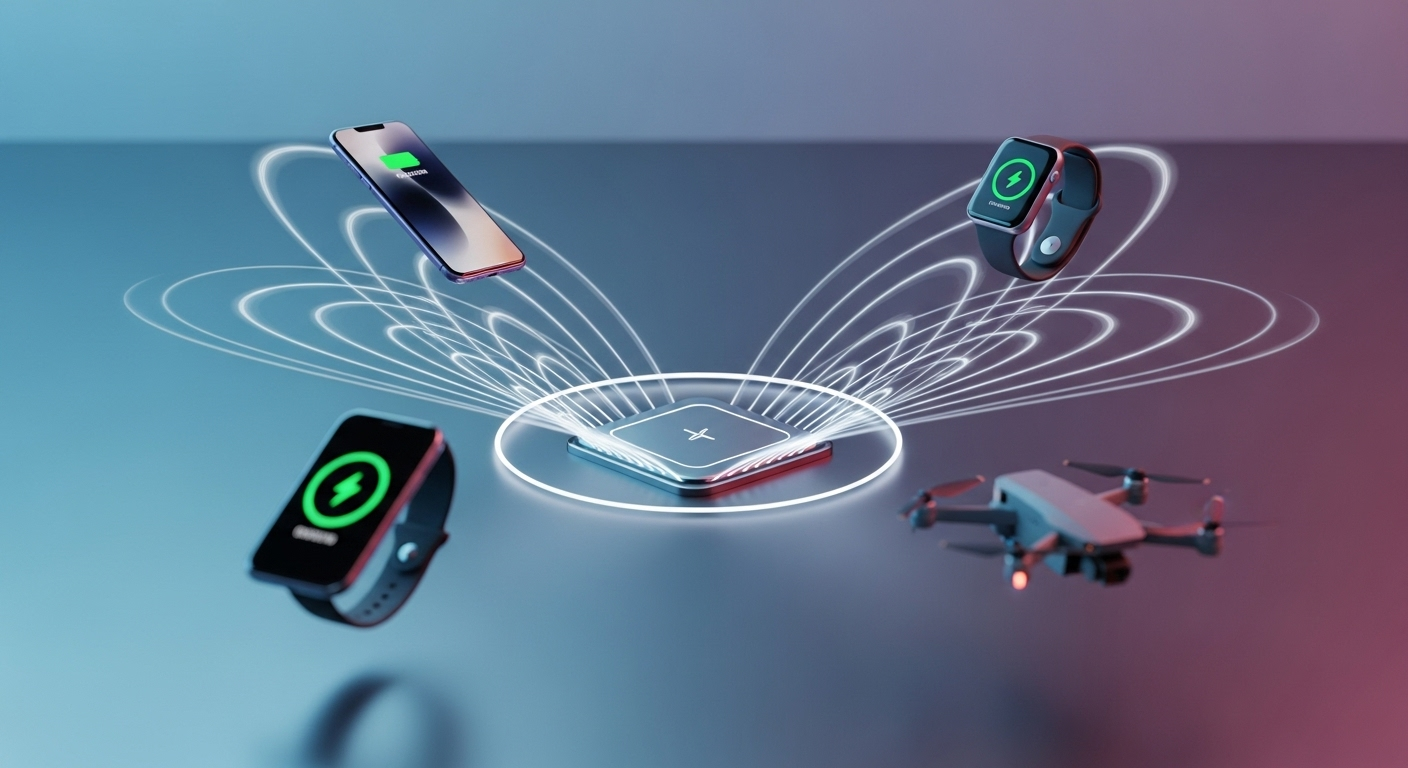Wireless Power Transmission: Revolutionizing Connectivity
The concept of transmitting electricity without wires has captivated scientists and engineers for over a century. Today, as our world becomes increasingly connected and dependent on portable devices, wireless power transmission (WPT) is emerging as a groundbreaking technology that could reshape how we think about energy distribution and device charging. This article delves into the fascinating world of wireless power, exploring its potential to transform our digital landscape and revolutionize connectivity.

In the decades that followed, wireless power transmission remained largely theoretical, with limited practical applications. However, the rise of mobile devices and the increasing demand for convenient charging solutions has reignited interest in this technology. Today, researchers and companies are making significant strides in developing efficient and practical wireless power transmission systems.
Understanding Wireless Power Transmission Technologies
Wireless power transmission encompasses various technologies, each with its own strengths and limitations. The most common methods include:
-
Inductive Coupling: This method uses electromagnetic fields to transfer energy between two coils in close proximity. It’s the technology behind most current wireless charging pads for smartphones and other small devices.
-
Resonant Inductive Coupling: An improvement on standard inductive coupling, this technique allows for power transmission over slightly longer distances and with more flexibility in device positioning.
-
Capacitive Coupling: This method uses electric fields to transfer energy between metal plates. While less common than inductive methods, it has potential advantages in certain applications.
-
Microwave Power Transmission: This long-range technique uses microwaves to transmit power over significant distances. It has been proposed for large-scale applications like space-based solar power.
-
Laser Power Beaming: Another long-range method, this technology uses focused laser beams to transmit power to receivers that convert light into electricity.
Current Applications and Future Possibilities
While wireless charging for smartphones and small devices is already commonplace, the potential applications of WPT extend far beyond this. Some exciting current and future applications include:
-
Electric Vehicle Charging: Researchers are developing systems that can charge electric vehicles wirelessly, both while parked and potentially even while in motion on specially equipped roads.
-
Medical Implants: WPT could power implantable medical devices, eliminating the need for battery replacement surgeries.
-
Industrial Automation: Wireless power could enable more flexible and efficient factory layouts by freeing machines from power cables.
-
Smart Homes: Imagine a home where all your devices charge automatically, without the need for plugs or charging pads.
-
Drone Charging Stations: WPT could enable automated drone charging, extending the range and capabilities of these versatile machines.
Challenges and Limitations
Despite its promise, wireless power transmission faces several significant challenges:
-
Efficiency: Current WPT systems often suffer from significant energy loss during transmission, especially over longer distances.
-
Safety Concerns: The potential health effects of prolonged exposure to electromagnetic fields used in WPT are still being studied.
-
Regulatory Hurdles: The widespread implementation of WPT will require navigating complex regulatory landscapes across different countries and regions.
-
Infrastructure Costs: Implementing large-scale WPT systems could require significant investment in new infrastructure.
-
Standardization: As with any emerging technology, the lack of universal standards could hinder widespread adoption.
The Impact on Connectivity and Device Design
The widespread adoption of wireless power transmission could have profound implications for connectivity and device design:
-
Always-On Devices: With constant access to power, devices could remain perpetually connected and operational, enhancing IoT capabilities.
-
Simplified Device Design: Eliminating the need for charging ports could lead to more streamlined, water-resistant device designs.
-
Enhanced Mobility: Users would no longer be tethered to power outlets, enabling true mobility in various environments.
-
New Form Factors: Freed from battery constraints, entirely new types of connected devices could emerge.
-
Improved Reliability: With no physical connections required, device failures due to worn-out charging ports could become a thing of the past.
As wireless power transmission technology continues to advance, it promises to reshape our relationship with energy and connected devices. While significant challenges remain, the potential benefits are immense. From enhancing the convenience of our daily lives to enabling new technological possibilities, WPT stands poised to play a crucial role in the future of connectivity. As researchers and innovators continue to push the boundaries of what’s possible, we may soon find ourselves in a world where the constraints of wired power are a distant memory, opening up new horizons for innovation and connectivity.





